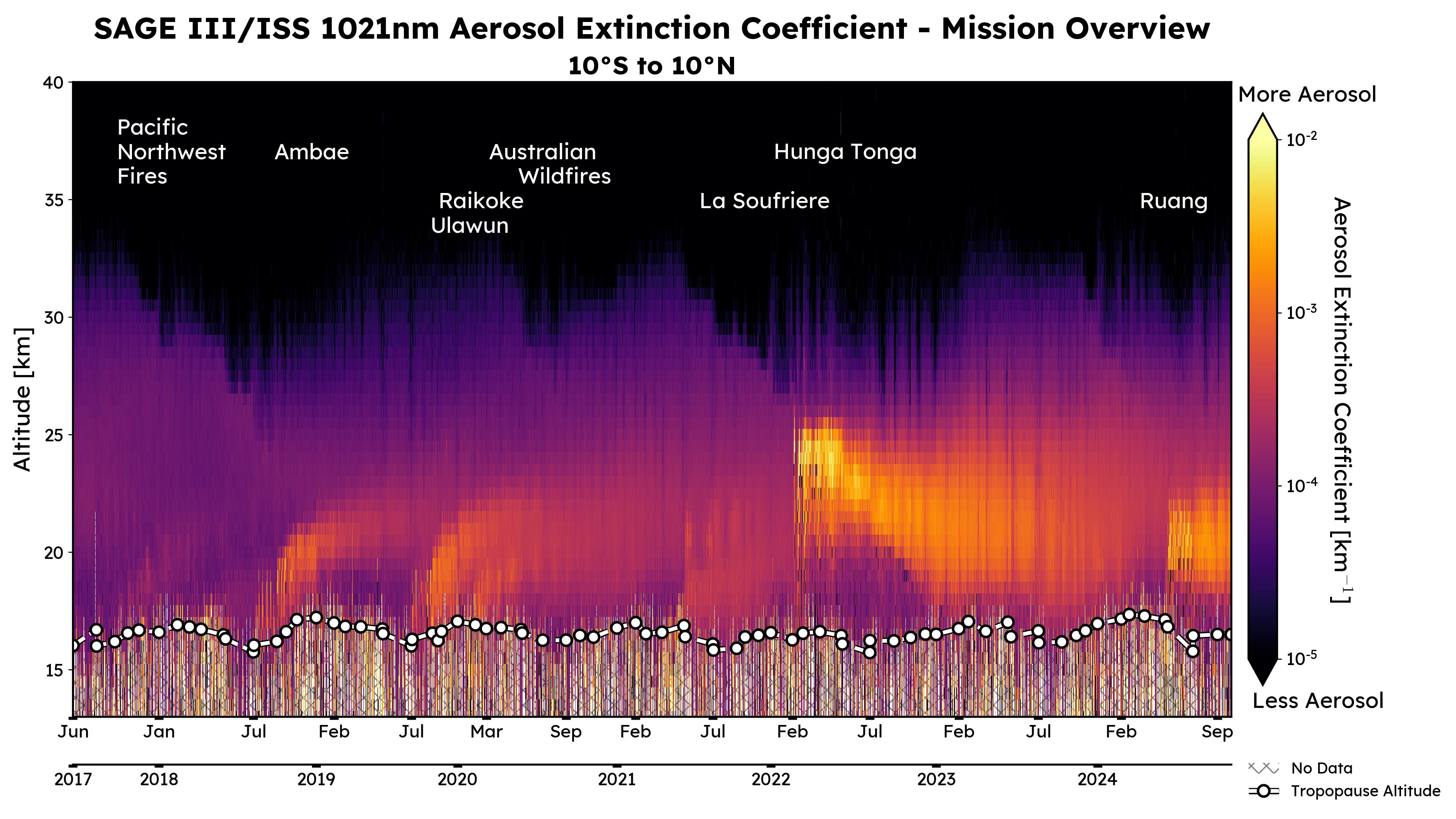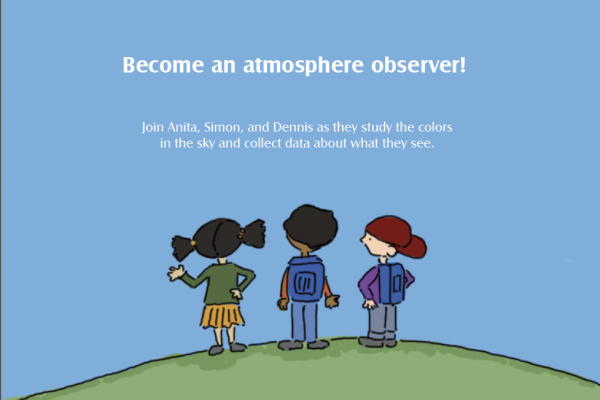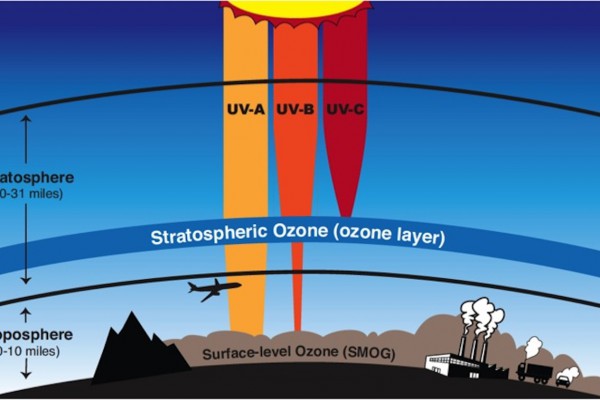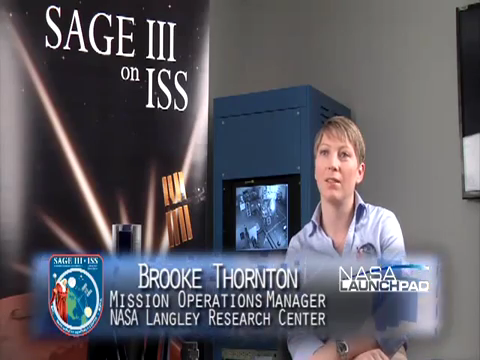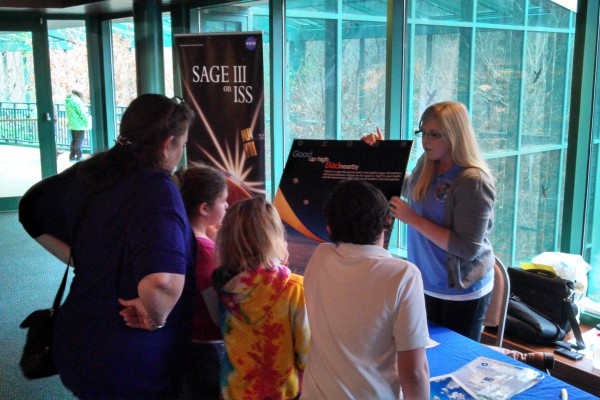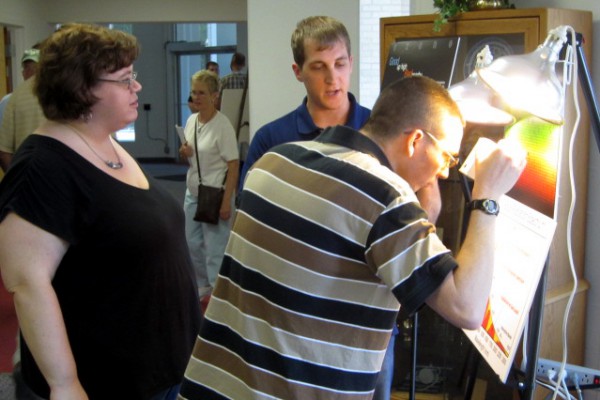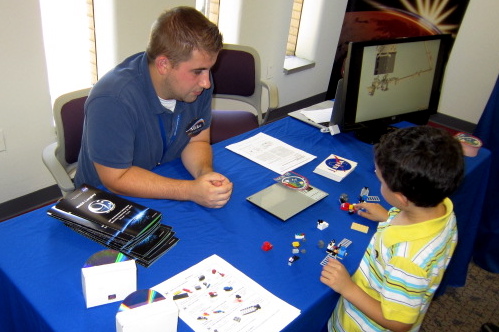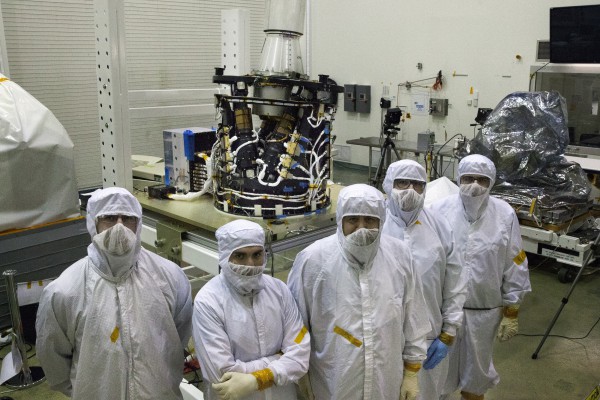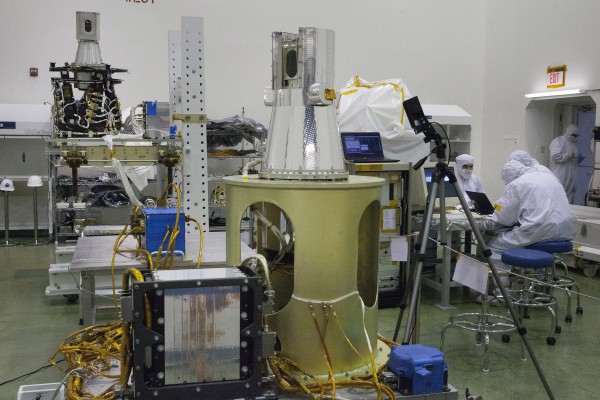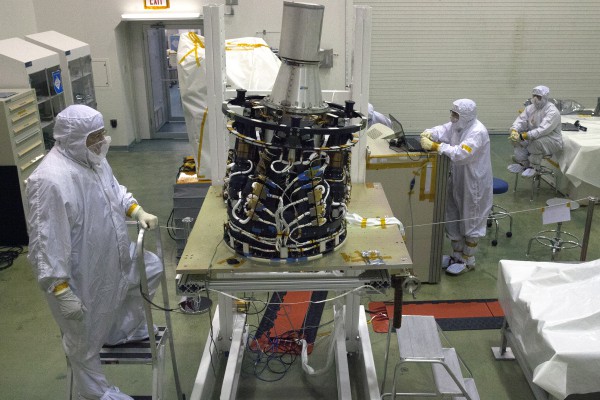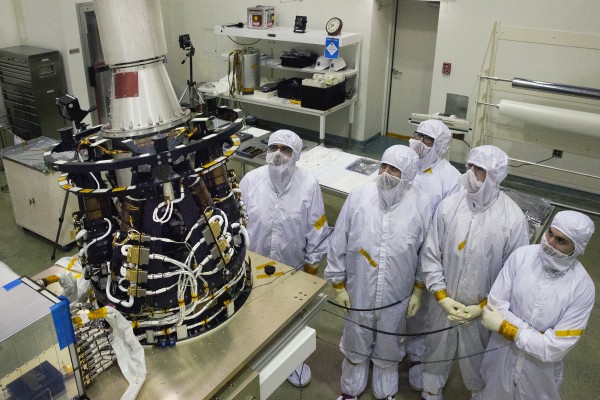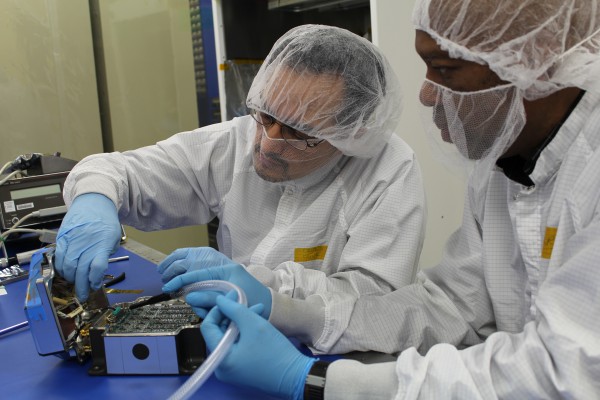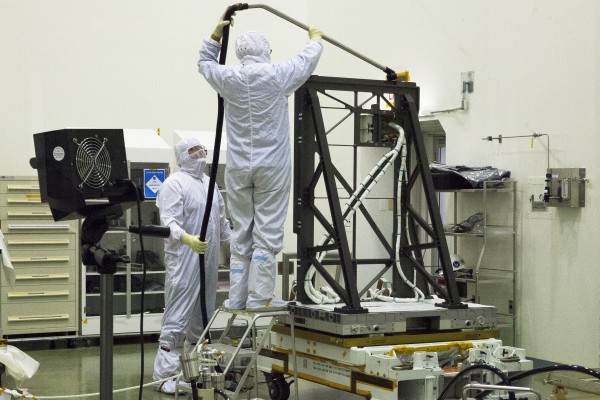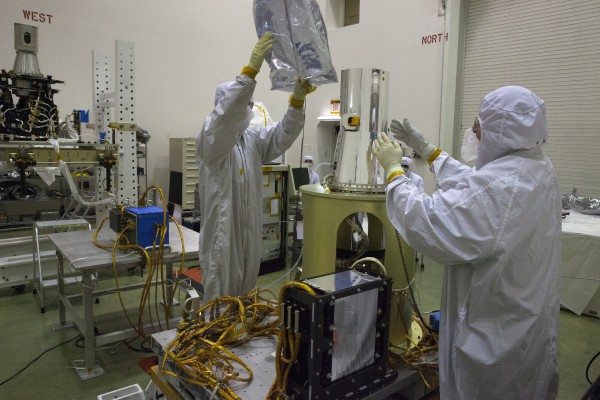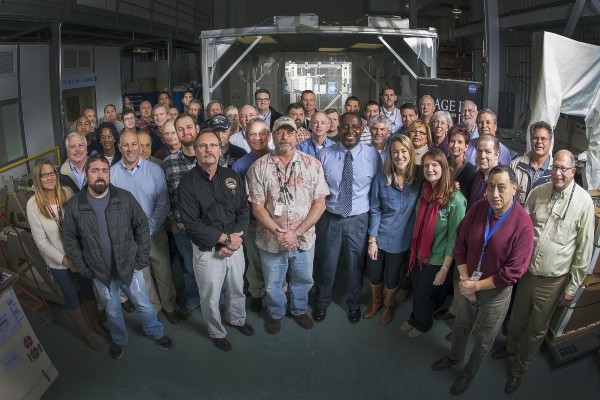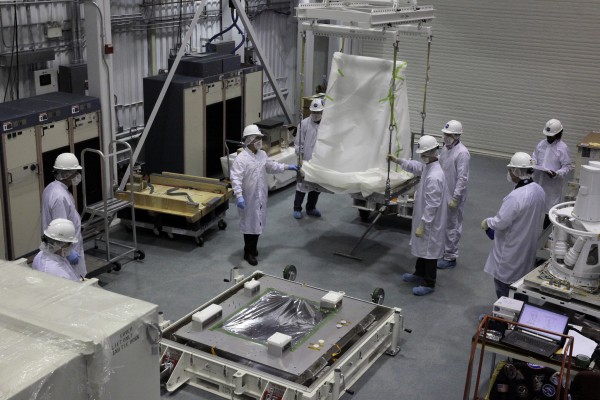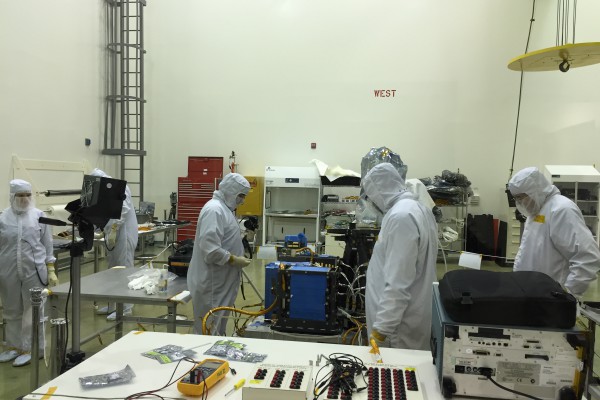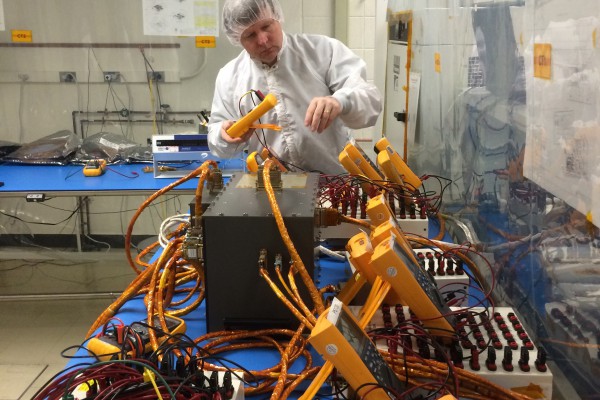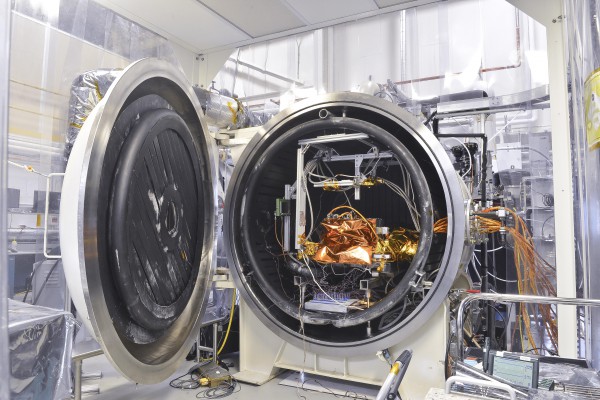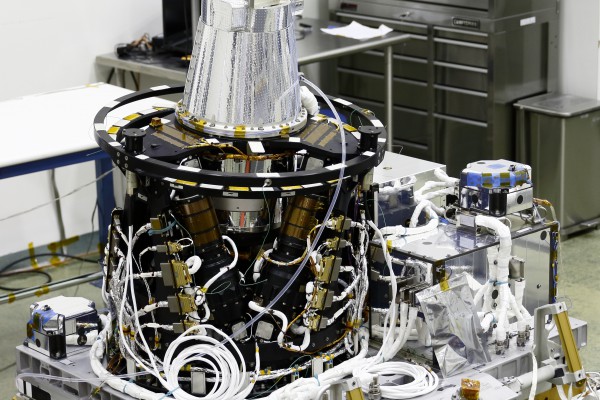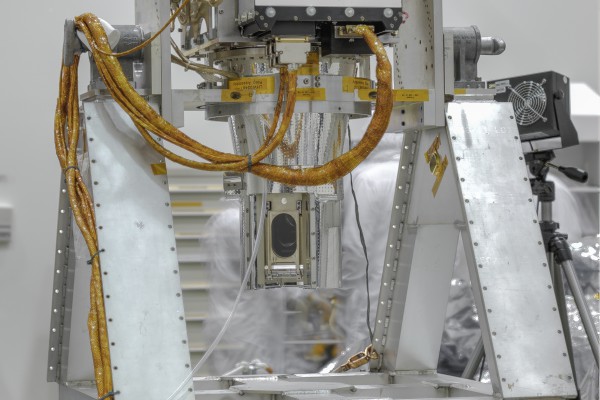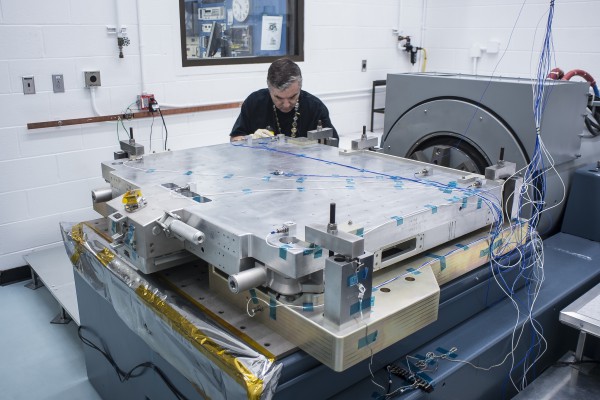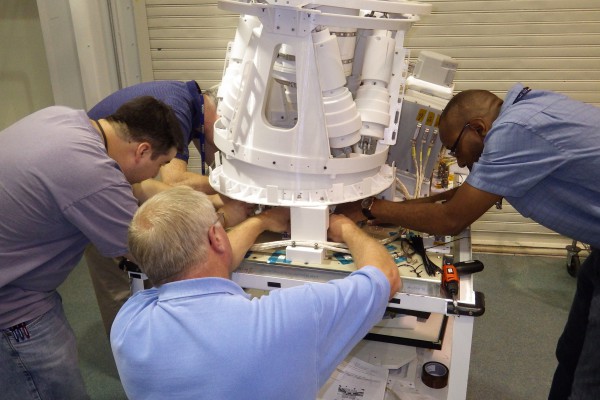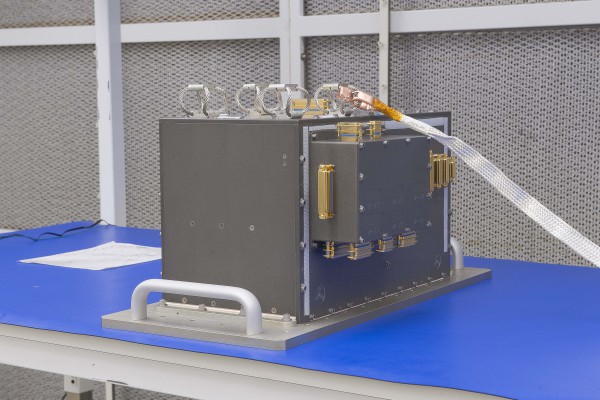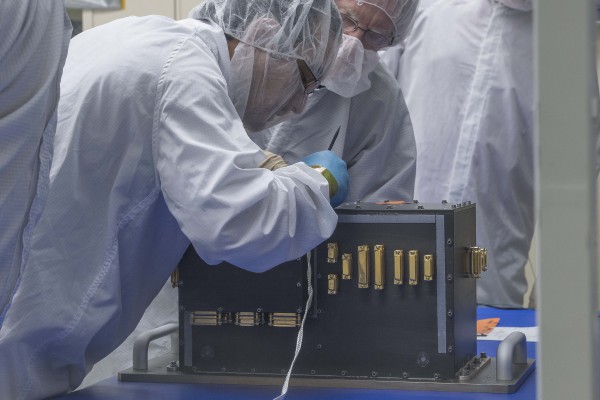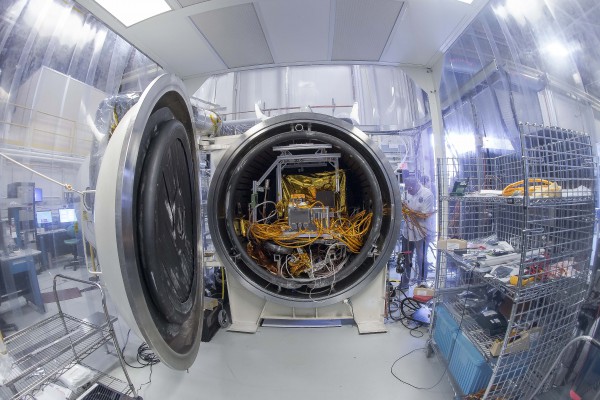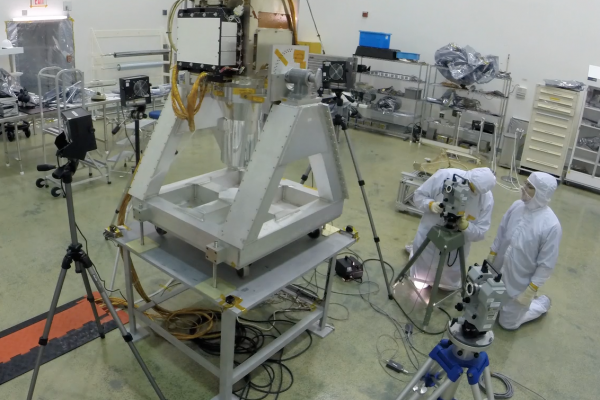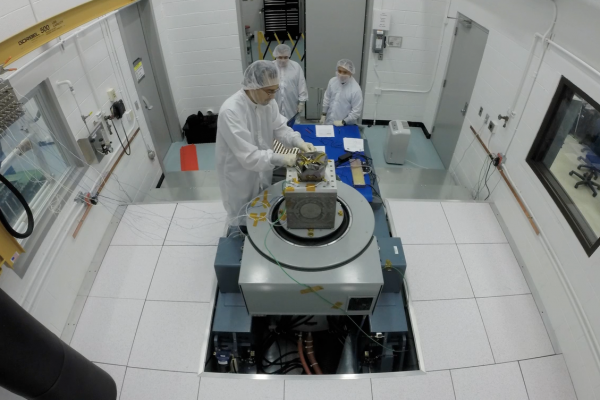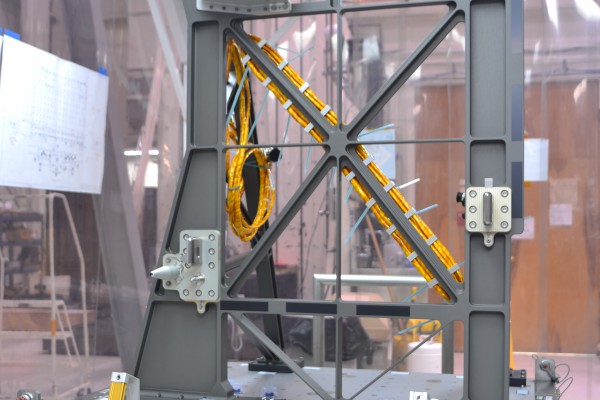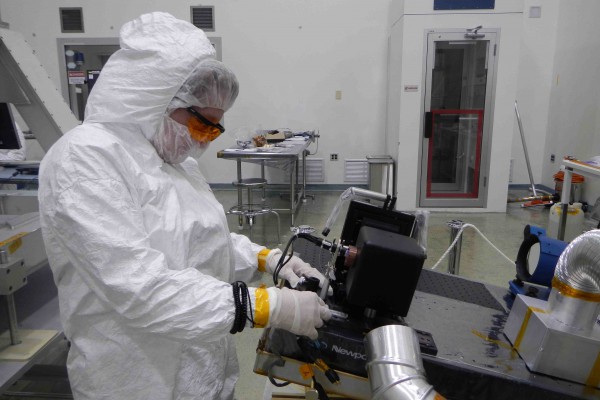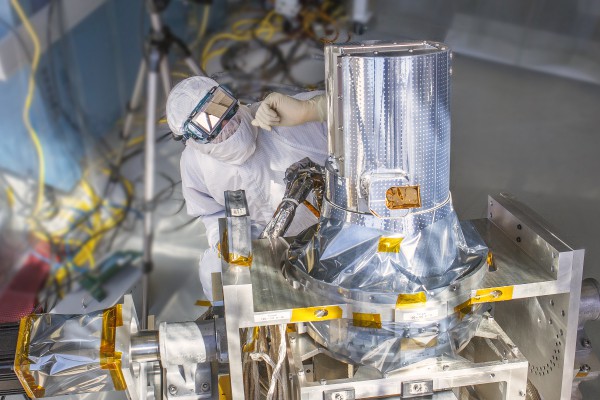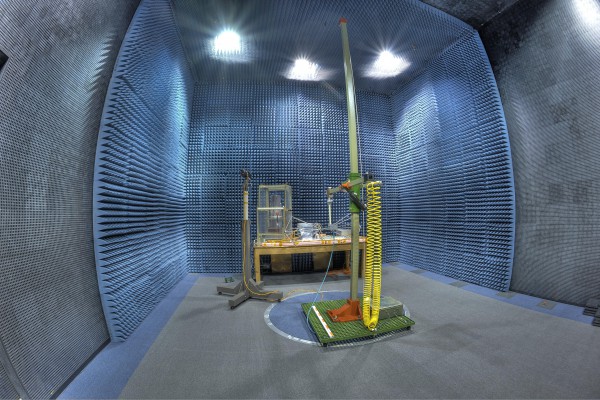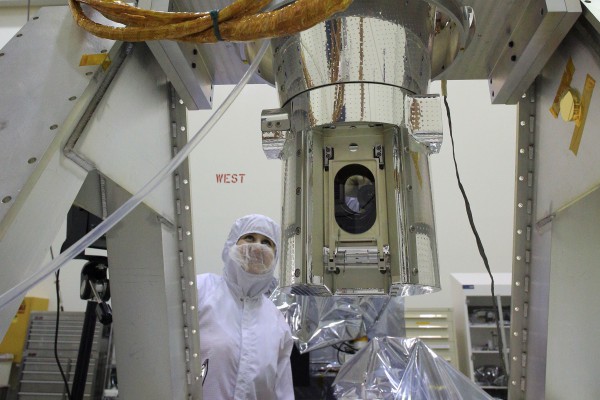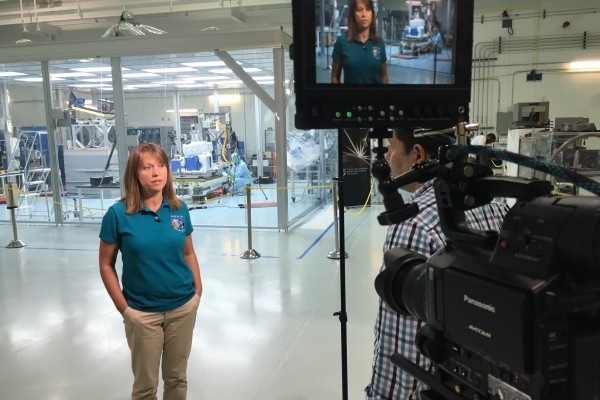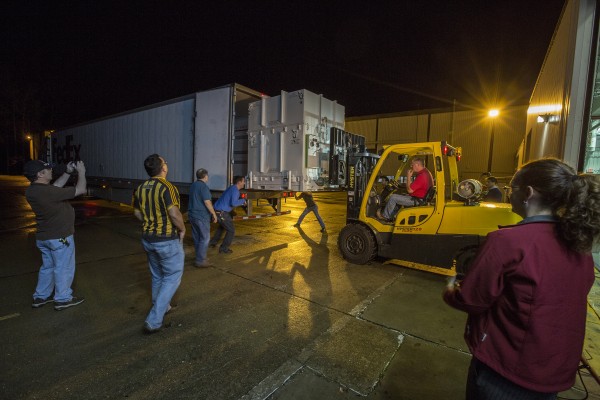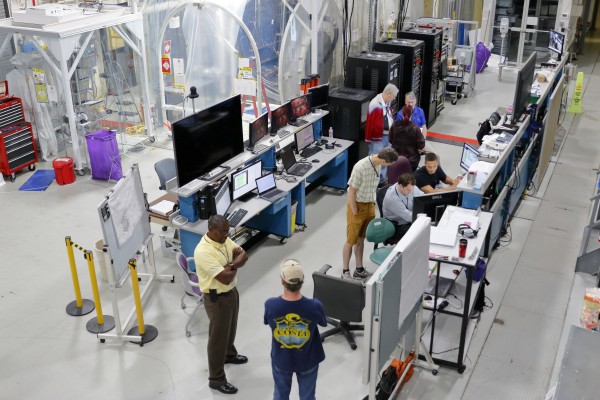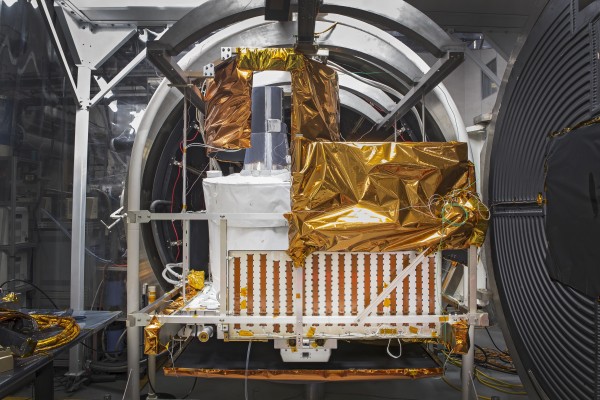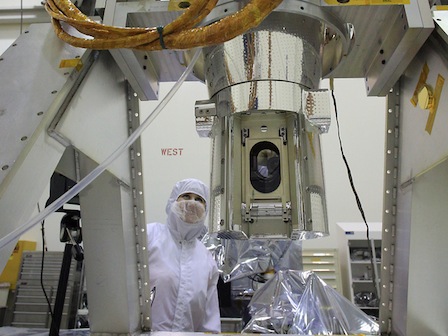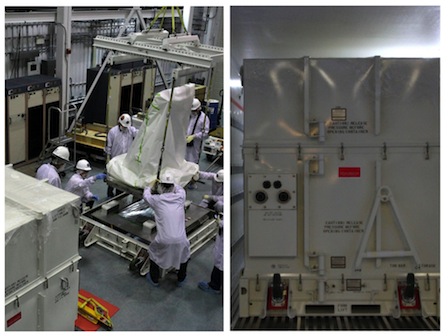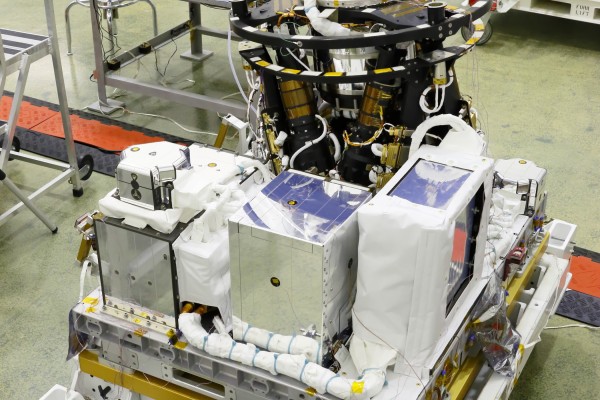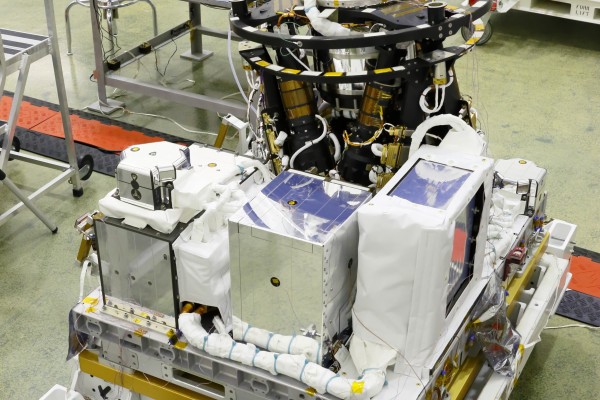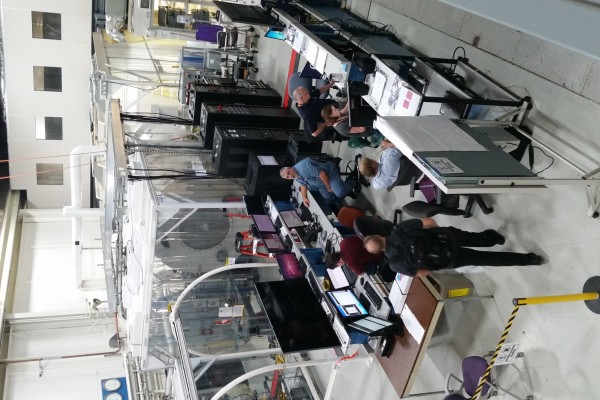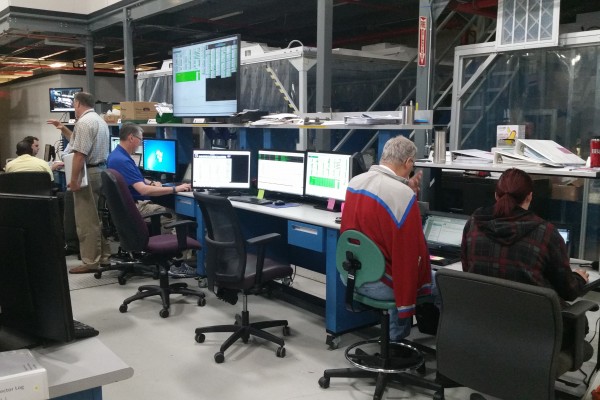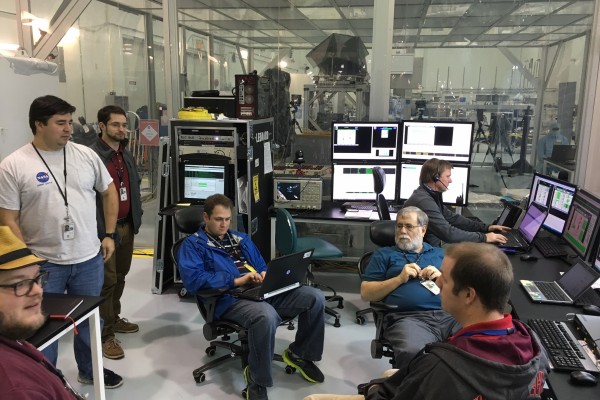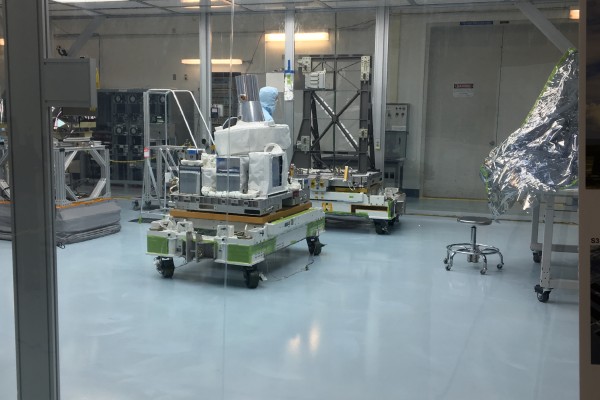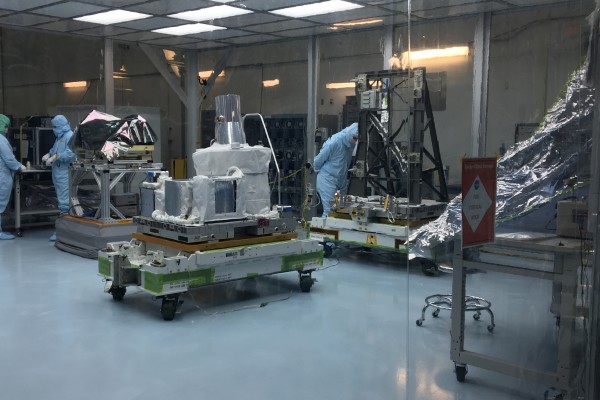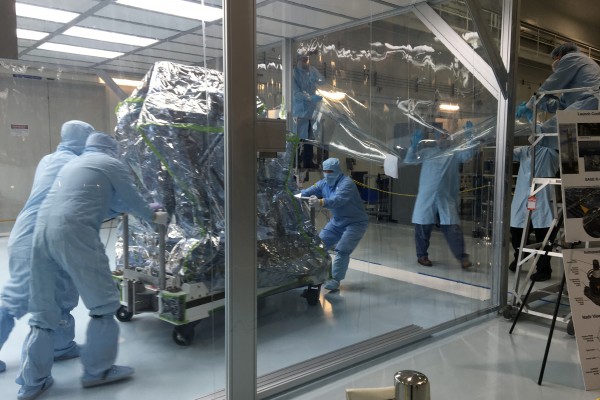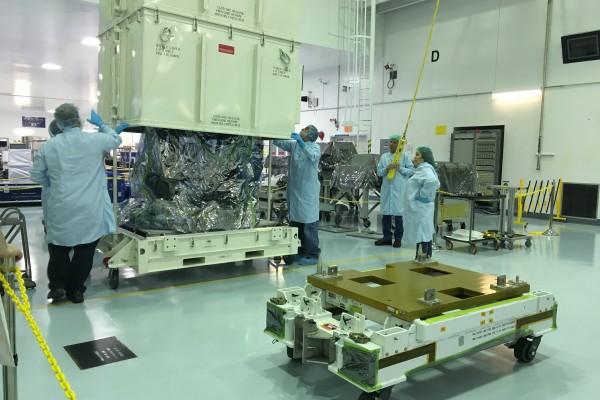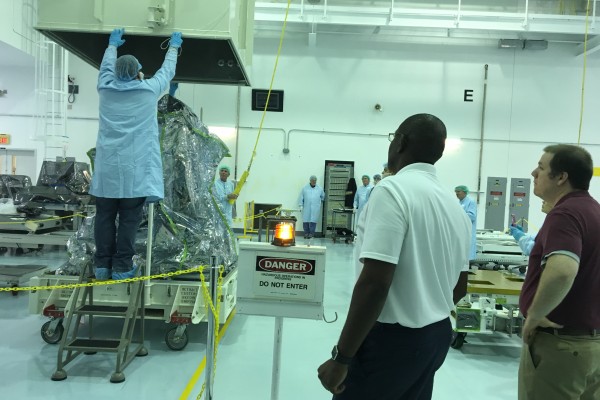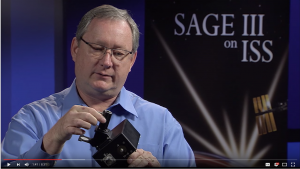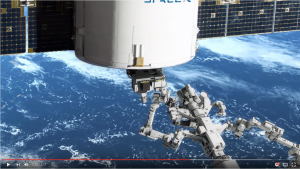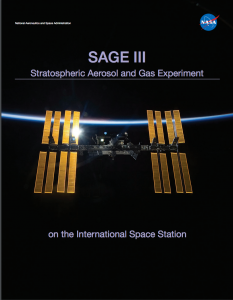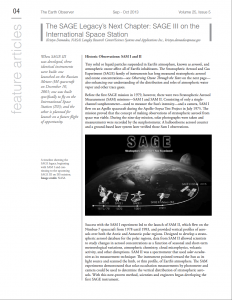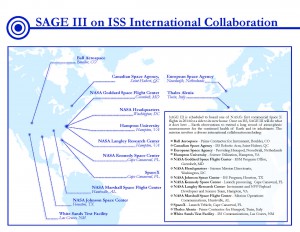The Stratospheric Aerosol and Gas Experiment (SAGE) III instrument was launched in February 2017 to the International Space Station (ISS) and continues to provide the public and science community with world-class ozone, aerosol, and water vapor data products. The annual SAGE III/ISS Science Team meeting was held as a hybrid event hosted at NASA Langley Research Center on August 13th and 14th with over 50 participants, including SAGE III summer interns and project-supported graduate students. This was the second Science Team Meeting for the cohort of Principal Investigator (PI)-led teams selected under the 3rd ROSES call targeting science with SAGE III/ISS data. Presentations from the competed science team, the mission team, and invited speakers covered SAGE III/ISS mission and data product status, research findings, synergy with other NASA and partner missions, and preliminary results of new SAGE products. Presentations highlighted the new aerosol and gas products from SAGE lunar measurements that increase the available data coverage by about 10-15%, shedding light on atmospheric composition changes in the upper troposphere/lower stratosphere resulting from natural disasters like wildfires and volcanic eruptions.
Additionally, two separate science team PIs reported on the use of SAGE data in important long-term, multi-instrument data sets for ozone and water vapor (WV) to inform the mandated ozone assessment, and comprehend and predict seasonal to decadal-scale stratospheric influences on weather variability. Dr. Sean Davis (NOAA) highlighted that SAGE III/ISS data is now fully incorporated into the Stratospheric Water and OzOne Satellite Homogenized data set (SWOOSH) and will be the primary source for WV (along with Atmospheric Chemistry Experiment-Fourier Transform Spectrometer, ACE-FTS) once Aura Microwave Limb Sounder (MLS) ceases, which already has reduced WV observations to ~ 1 week/month because of electronics lifetime concerns. It should be noted that SWOOSH is also being used by PI Prof. Brian Soden (U. Miami) to investigate the impact of stratospheric composition on CO2 radiative forcing.
Dr. H.J. (Ray) Wang (Georgia Tech) reported SAGE III/ISS data is now contributing to the Global OZone Chemistry And Related trace gas Data records (GOZCARD), which stretches back to 1979 for ozone and 1991 for WV. The newly added SAGE III/ISS data agrees well with Aura MLS having mean differences of ~5% in the stratosphere, with very little altitude variation (Fig. 1). ACE-FTS WV has a dry bias of ~10% above 10 mb and 5% wet bias below 10 mb. For ozone in Fig. 2, SAGE III and Aura MLS agree within 5% from the upper stratosphere down to the tropopause. OMPS LP ozone data in the lower stratosphere after 2022 show high biases caused by the Hunga volcanic aerosols, which was also mentioned in several other presentations (N. Richards (GSFC); M.C. McKee (LaRC)). Dr. Wang concluded that screening beyond the producer’s recommendations is needed. SAGE III retrieved ozone is not significantly affected by Hunga. These differences highlight the need for multi-instrument observations to construct an accurate record of the evolving atmosphere and enable reliable predictions of the future state of the life-essential, protective stratospheric ozone layer.













